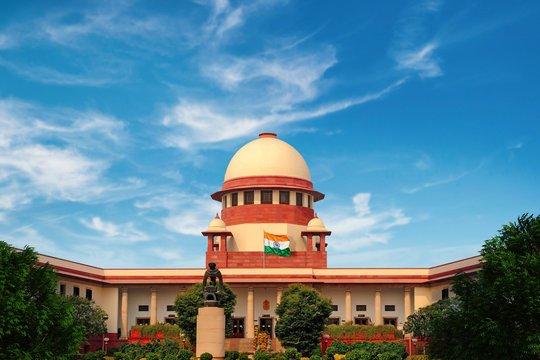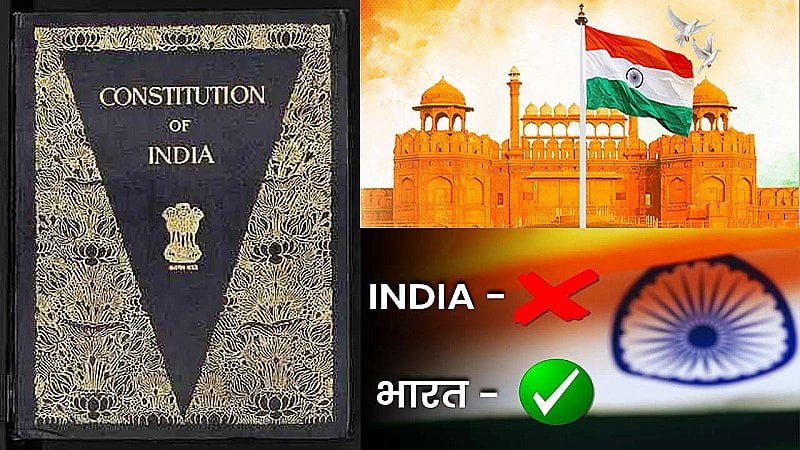In this comprehensive article , we will delve into the historical and cultural nuances surrounding the debate of India vs Bharat. This topic has generated significant interest over the years, and we aim to provide an in-depth analysis of the attempts made to change the country’s name and why they failed.
Introduction Of India vs Bharat
The idea of renaming India to Bharat has been a recurring theme in Indian history and politics. It stems from a desire to embrace the nation’s ancient heritage and restore its historical identity. While the proposal might seem straightforward, it is anything but. Let’s explore the various attempts and their outcomes.

Colonial Legacy
British India
During the colonial era, India was referred to as “British India” or simply “India” under British rule. The name had colonial connotations, and with the struggle for independence gaining momentum, there was a growing sentiment to revert to the country’s original name.
Early Attempts
As India moved closer to independence, there were early attempts to rename the nation. Leaders of the freedom movement, like Mahatma Gandhi, advocated for the name “Bharat.” They believed that it would symbolize India’s rich cultural and historical heritage.
Post-Independence Efforts
Constitutional Debates
After gaining independence in 1947, the newly formed Constituent Assembly of India engaged in debates over the country’s name. The discussions were passionate, with proponents of “India” arguing for continuity, while those favoring “Bharat” emphasized its cultural significance.
Resolution of 1950
Ultimately, on January 26, 1950, India adopted a dual nomenclature system. Article 1 of the Indian Constitution declared that the country would be known as both “India” and “Bharat.” This compromise aimed to strike a balance between tradition and modernity.
Contemporary Debates
Ongoing Discussions
Despite the constitutional resolution, the debate over the country’s name did not fade away. It continues to be a topic of discussion in contemporary India, with various groups advocating for the exclusive use of “Bharat” as the official name.
Legal Challenges
Several legal petitions have been filed over the years to officially change the country’s name to “Bharat.” However, these attempts have faced numerous challenges, including concerns about the impact on diplomatic relations and international recognition.
Why Did the Attempts Fail?
Complexity of Identity
One of the primary reasons attempts to change India’s name to Bharat have failed is the complexity of India’s identity. The country is a diverse mosaic of cultures, languages, and traditions. Deciding on a single name that represents this diversity is a formidable challenge.
Constitutional Framework
The Indian Constitution, while allowing for the use of both names, places “India” before “Bharat.” This order reflects the official hierarchy, with “India” being the primary name for international use.
Diplomatic Implications
Changing the country’s name could have diplomatic repercussions, as it would require renegotiating international agreements and treaties. India’s established global identity as “India” is a factor that must be considered.
Other initiatives

Even after the Indian Constitution was written, the dispute over the nation’s name arose multiple times. When Mulayam Singh Yadav was the chief minister of Uttar Pradesh in 2004, he introduced a resolution in the state Assembly that called for changing the Constitution to read “Bharat, that is India” rather than “India, that is Bharat.” According to Indian Express, the opposition BJP staged a walkout before this resolution could be voted, but it was ultimately unanimously approved.
In its manifesto prior to the 2004 Lok Sabha elections, Yadav’s Samajwadi Party (SP) reportedly stated that “India should become Bharat.”
In a 2005 piece, journalist and former IAS member V Sundaram encouraged the substitution of “Bharat” for “India.”
In 2012, Shantaram Naik of the Congress introduced a measure with a similar goal in the Rajya Sabha. “Whereas ‘India’ refers to a territorial idea, ‘Bharat’ means far more than just the limited areas of India. According to Indian Express at the time, he added, “When we appreciate our country, we say, “Bharat Mata Ki Jai” and not “India ki Jai.”
What ruling did the Supreme Court make?

In 2015, the central government under Narendra Modi rejected the idea that the nation should be renamed. According to a report in the Indian Express, the Centre stated in its response to the Supreme Court about a PIL that requested the name change that “no change in circumstances since the Constituent Assembly debated the issue to warrant a review” had occurred.
The Ministry of Home Affairs (MHA) stated in its affidavit that the Article 1 clauses were overwhelmingly adopted and that the Constituent Assembly had extensively examined the issues surrounding the nation’s name while crafting the Constitution.
Additionally, it stated that the word “Bharat” was not included in the Constitution’s original text. The newspaper story continued, quoting the Centre’s then-reply to the Supreme Court, “During the debates, the Constituent Assembly considered various names, such as Bharat, Bharatbhumi, Bharatvarsh, India that is Bharat, and Bharat that is India.”
The top court then declined to consider the argument.
India’s renaming issue again made it to the top court in 2016. Niranjan Bhatwal of Maharashtra filed a PIL asking for the usage of “Bharat” rather than “India” in all contexts.
The country can be referred to as either India or Bharat, the then-CJI TS Thakur said Bhatwal, adding that no government, state, or court has the right to impose its own name on its people. “India or Bangladesh? Go ahead and call it Bharat if you want to. According to news agency PTI, a bench consisting of Chief Justice T S Thakur and Justice UU Lalit, both of whom are already retired, told the petitioner, “If someone wants to call it India, let him call it India.”
The Supreme Court dismissed the PIL and stated that it “will not interfere.”
A similar PIL was presented to CJI SA Bobde in June 2020. The petitioner, a businessman from Delhi, said that there should be “uniformity” regarding the nation’s name and wanted to have “India” removed from Article 1.”Even though it seems symbolic, doing rid of the English name will make us proud of being Americans, especially in the eyes of upcoming generations. The appeal contended that changing the word India to Bharat would really vindicate the struggle our ancestors went through to achieve their freedom. According to the petitioner, there is a “strong wave” in favor of changing the name of the nation to “Bharat” or “Hindustan.”
“Bharat and India are both names given in the Constitution,” Chief Justice Bobde retorted. ‘Bharat’ is how India is already referred to in the Constitution.
Despite dismissing the petition, the then-CJI advised turning it into a representation and sending it to the Center, especially the MHA, according to The Hindu.
Conclusion
In the ongoing debate over renaming India to Bharat, it is essential to understand the historical, cultural, and legal complexities surrounding this issue. While there have been efforts to change the country’s name, they have thus far been unsuccessful. India continues to be known as “India” on the global stage, while “Bharat” retains its significance as a symbol of cultural heritage within the nation.
also read:Kim Jong Un Will Meet Vladimir Putin Positively For An Arms Deal In Russia
Image source:Google




































